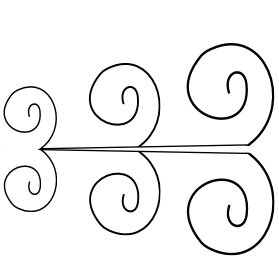interpretation and expression: a workbook for musicians
'“Interpretation and Expression: a Workbook for Musicians” combines important elements of previous works that 1. included instructions, descriptions, or explanations of and about expressive playing (for example “On the Flute and Flute Playing” by Johann Joachim Quantz) and 2. that included melodic material for the purpose of applied study such as “Tone Development through Interpretation” by Marcel Moyse.
Excerpts from the Preface and Introduction of the workbook follow:
PREFACE
There is an absence of workbooks about expression and interpretation. While there are many reasons for this, at the core of this absence lies the Western belief that music “talent” is considered to be an innate ability that only needs to be encouraged or “guided” in order to be further developed. In fact, it is often said that a “gifted” musician can be “ruined” by meddling with too much formalized learning. It is a common belief that learning something which is most valued for its innate or “intuitive” qualities diminishes its effect and/or “naturalness”. Another reason for the lack of musicianship workbooks is that any single method can never be considered wholly “valid” since 1) what music is has not been completely defined, and 2) how music “works” or “came to be” is not totally understood. Be that as it may, the “Interpretation and Musicianship: A Workbook for Musicians” offers a cogent, integrated and compelling method for developing the expressive understanding and abilities of anyone interested in music.
INTRODUCTION
Interpretation and Expression: A Workbook for Musicians is based on an approach to music expression that relates changes in sounds that occur in our environment to changes in sound that occur in music. Recognizing how sounds change and how we respond to those changes forms the foundation for developing an understanding of expression in music. The workbook is divided into two parts. Part I includes an expressive methodology and sixteen sound-change exercises and Part II includes a collection of music that is divided into two groups: “Music With Words” and “Music Without Words.”


